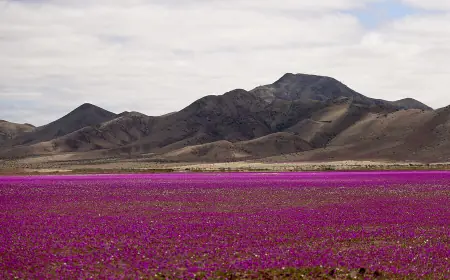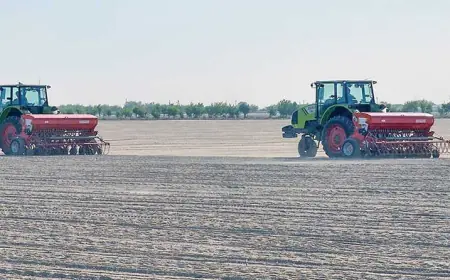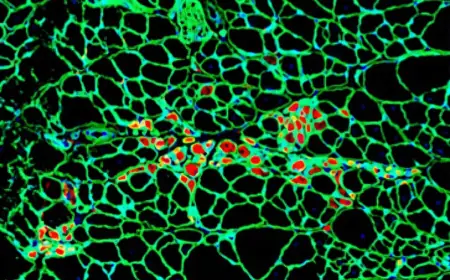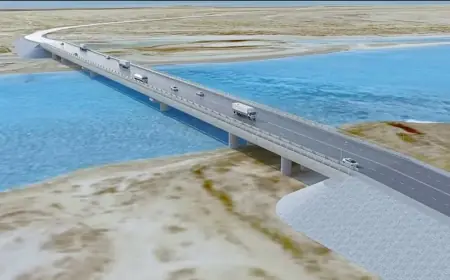Ancient Crossings of the Amu Darya

Since ancient times, the Amu Darya, known by names such as Oxus, Oks, Amul, and Jeyhun, has provided water to the peoples living along its banks and served as a vital link for caravan routes connecting Bactria, Sogdiana, Margiana, and Khorezm with European countries, India, and China. Situated along the Great Silk Road, the river’s crossings played a crucial role in facilitating the two-way movement of trade caravans.Crossings were constructed to ensure proximity and convenience for routes leading to major residential and trade centers. The presence of crossings significantly contributed to the protection and development of populated areas. Their construction took into account the river’s width, depth, current strength, and the availability of building materials. On narrow and shallow rivers, wooden bridges could be built. On wide, deep rivers with strong currents, such as the Amu Darya, boats, rafts, and leather sacks were used to create floating bridges.To achieve this, the bows of boats or rafts were positioned against the current, and pyramid-shaped woven baskets filled with stones were tied to them with ropes and anchored to the riverbed to keep the vessels stationary. Rows of boats were connected with ropes, covered with wooden planks, and fitted with railings on both sides of the bridge.Another ancient method of constructing crossings involved using leather sacks filled with hay or dry grass, tied to long poles to ensure buoyancy. This method allowed the transport of passengers and cargo across the river.
The 10th-century Arab traveler Abu Abdulla al-Mukaddasi (Makdisi), in his work The Best Divisions for Knowledge of the Regions, mentions 16 crossings between Kelif and Amul. The ancient crossings at Kelif and Zemm connected the cities of Samarkand and Bukhara with Afghan regions such as Balkh, Kabul, and Herat. The Russian scholar W.W. Bartold, in his work General Studies on the History of Central Asia, suggests that Alexander the Great and his army may have crossed the river near Kelif.Since ancient times, the Amul crossing was the largest on the caravan route connecting Merv and Bukhara.With the construction of the first railway linking Turkmenistan and Uzbekistan, a wooden bridge appeared on the Amu Darya in 1888, which was replaced by an iron bridge in 1901. During the years of independence, thanks to the tireless efforts of Hero-Arkadag, the Turkmenabat–Farap and Kerki–Kerkichi road and railway bridges were built. These structures contribute to the country’s socio-economic development and the strengthening of trade relations with countries along the Great Silk Road.As a result, the ancient caravan routes are being revived in a new form.



























